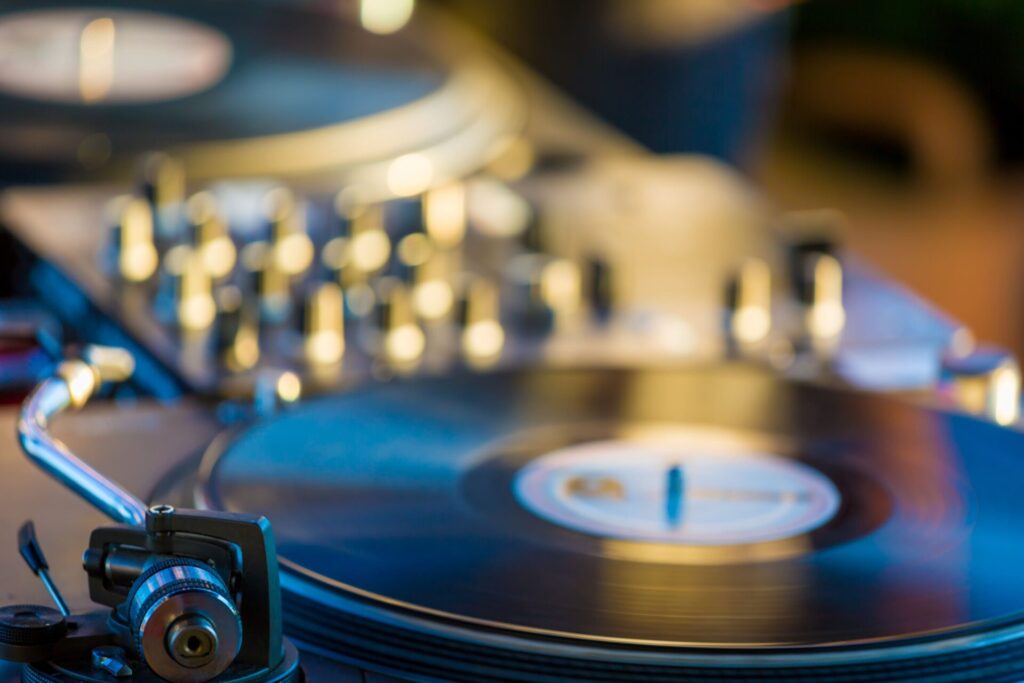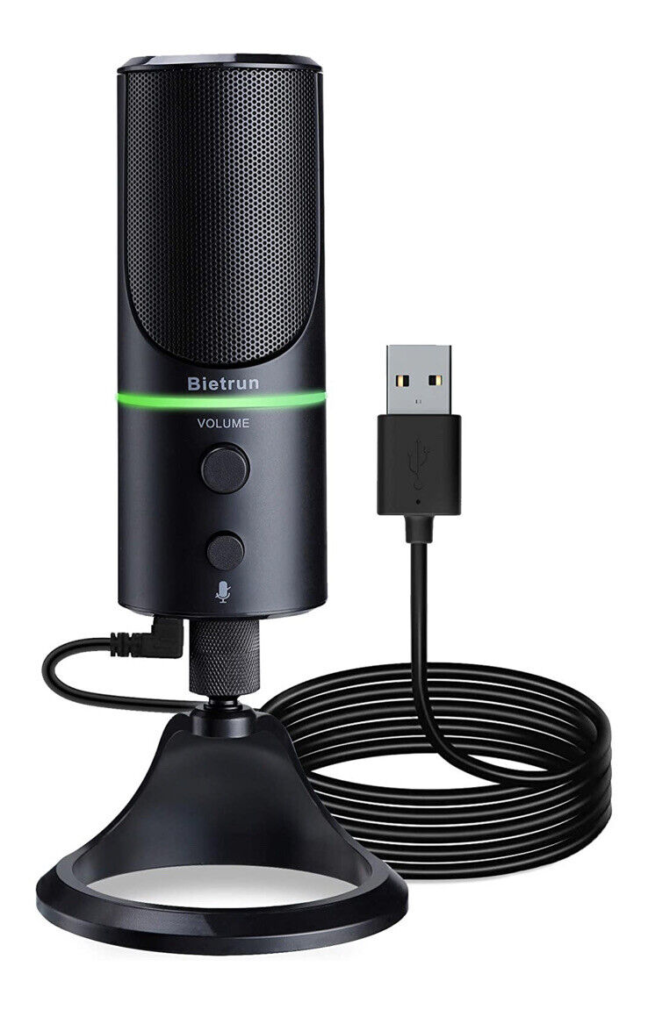Take your first steps toward recording audio for your next videos! Recording without experience seems complicated because it requires attention to every detail, including the sound. Sound in a film plays a key role in creating high-quality, engaging content and audience experience; high-quality audio recording is essential to creating a cinematic masterpiece. In this guide, we’ll cover the key steps and techniques to record audio for your film.
How to Record Audio For Your Film’s Audio Recordings
Here are some valuable tips for your next film’s audio recordings:
Plan Your Audio Setup
Before you start any recording, planning your audio setup is a great idea. Check out the type of microphone you will need based on your shooting conditions. Lavalier or shotgun microphones may be preferable for dialogue-heavy scenes, while ambient sounds require a high-quality field recorder.
Selecting the Right Microphones for your shooting
Different scenes and settings require different types of microphones. Lavalier microphones are small and discreet and are ideal for capturing dialogue at close range. On the other hand, shotgun microphones are highly directional and can isolate certain sounds in noisy environments. Experiment with different types of microphones to find the one that works best for each scene.
Using Boom Microphones
Boom microphones are often used in film production to record high-quality sound from a distance. The boom operator holds the microphone on a stand close to the frame, allowing for more flexible and dynamic audio recording. Make sure your boom operator is experienced and coordinates the movements of the actors and the camera.
Invest in Wind Shields
Believe it or not, one of the most important things that affects the sound you hear is where you record. Using the same setup in two different rooms will change the way your audio sounds. Choosing a room that sounds good will significantly reduce the echo in your audio.
Wind can disturb your setup when filming outdoor scenes. Buying windshields or noise-cancelling microphones can minimize wind noise. A simple windshield may be enough for lavalier microphones, while shotgun microphones may require more advanced wind protection.
Keep Monitor Audio Levels
Keep a close eye on the sound level throughout the shoot. Use headphones to monitor the sound in real-time and make changes as needed. Avoid clipping (when the audio signal is too loud and distorted) by setting appropriate input levels on your recording device.
Check Your Room Acoustics
Pay attention to the acoustics of the shooting location. Rooms with hard surfaces can create echo and reverberation, affecting sound quality. Consider using soundproofing or diffusion techniques to create a more controlled acoustic environment.
Record Ambient Sounds
Ambient sounds are very important while recording dialogue. Record background noise, footsteps, and other environmental sounds to add depth to your film during post-production. These ambient sounds can be essential to create a realistic and immersive experience.
ADR (Automated Dialogue Replacement)
In cases where on-set dialogue is compromised, it is helpful to have alternative dispute resolution available. ADR involves re-recording dialogue in a controlled environment during post-production. Record clear and comprehensive reference audio on set for seamless ADR integration.
Don’t Forget to Backup Your Audio
Always have a backup plan for your audio recordings. Use backup recording devices or storage to prevent valuable audio data loss. When saving your film’s audio elements, it’s better to be safe than sorry.
There you have it! These are just a few tips to help you better record and capture audio in your next movie or video. It’s incredible how each of these tips can help, so imagine incorporating them all into your next project. We guarantee it will make a significant difference in your sound quality!




